 |
 |
 |
 |
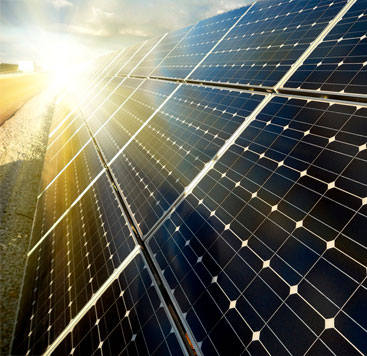 |
 |
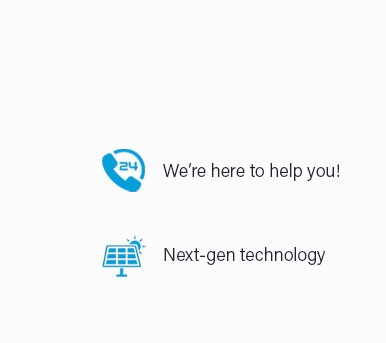 |
 |
 |
 |
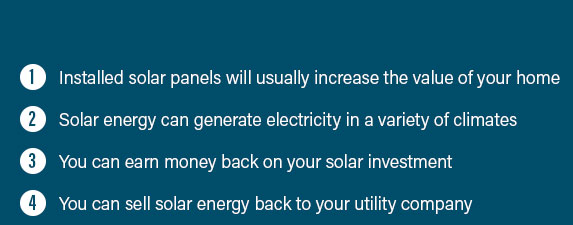 |
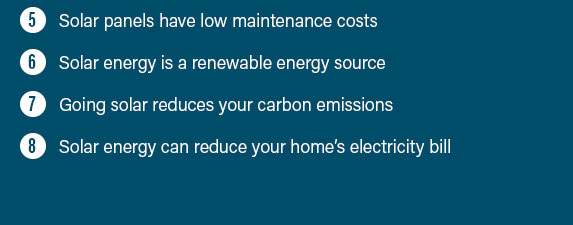 |
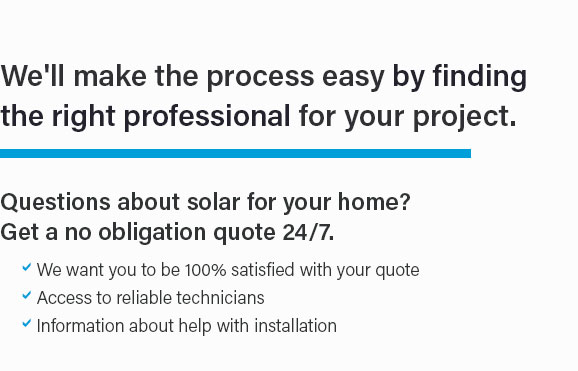 |
 |
|
 |
 |
 |
Texas Solar Panel Installation: What to Expect and Common ConcernsAs the Lone Star State basks in abundant sunshine, more Texans are exploring solar panel installations, a move that promises both environmental benefits and long-term savings. However, prospective solar adopters often have questions and concerns about the process, costs, and benefits. Here, we delve into what you can expect from a solar panel installation in Texas and address some common concerns. First and foremost, the process of installing solar panels typically begins with a consultation. During this stage, a professional will assess your home’s energy needs, roof structure, and exposure to sunlight. This step is crucial as it determines the system size and the potential energy savings. Once the assessment is complete, the next phase involves designing a customized system tailored to your specific requirements. This design phase is where experts use their technical acumen to ensure your system will operate at optimal efficiency. One of the most common concerns homeowners have is the initial cost of installation. Indeed, the upfront investment can be significant, ranging from a few thousand to several tens of thousands of dollars, depending on the size and complexity of the system. However, it’s important to consider the long-term savings. With Texas offering ample sunlight, many households experience a noticeable reduction in electricity bills. Furthermore, federal tax credits and state incentives can significantly offset the initial costs. Homeowners should also explore financing options such as solar loans or leases that make solar power more accessible. Another frequent query revolves around the durability and maintenance of solar panels. Modern solar panels are built to last, with most manufacturers offering warranties of 20 to 25 years. They are designed to withstand harsh weather conditions, from the blazing Texas sun to occasional hailstorms. As for maintenance, solar panels require minimal upkeep. Routine cleaning to remove dust and debris, along with periodic inspections to ensure optimal performance, usually suffices. The installation timeline is another aspect that might concern homeowners. From initial consultation to the system going live, the process can take anywhere from one to three months. This timeline includes securing permits, the installation itself, and the final grid connection. Patience is key, but the long-term benefits are well worth the wait. Lastly, some individuals worry about the aesthetic impact of solar panels. While traditional panels have a distinct appearance, advancements in technology have led to sleeker designs that can blend with various architectural styles. In fact, the visual impact is often outweighed by the positive environmental impact and energy savings. In conclusion, installing solar panels in Texas is a practical and beneficial endeavor, despite the initial hurdles. By addressing common concerns, homeowners can make informed decisions that contribute to a sustainable future while enjoying the economic advantages. With the state's commitment to renewable energy and the sun shining down, there’s no better time to invest in solar technology. https://www.energysage.com/local-data/solar/tx/
The average Texas homeowner needs a 13.99 kW solar panel system to cover their electricity needs, which comes out to $28,623 before incentives. Prices range ... https://txses.org/consumer-confidence/choosing-a-solar-installer/
Texas law requires anyone installing, or offering to install, a solar system on a home or business to have a Texas Electrical Contractor's License (TECL) from ... https://www.cnet.com/home/energy-and-utilities/texas-solar-panels/
Almost 700 solar companies operate across Texas, including 261 installers and developers. These are CNET's expert picks for the best national solar panel ...
|